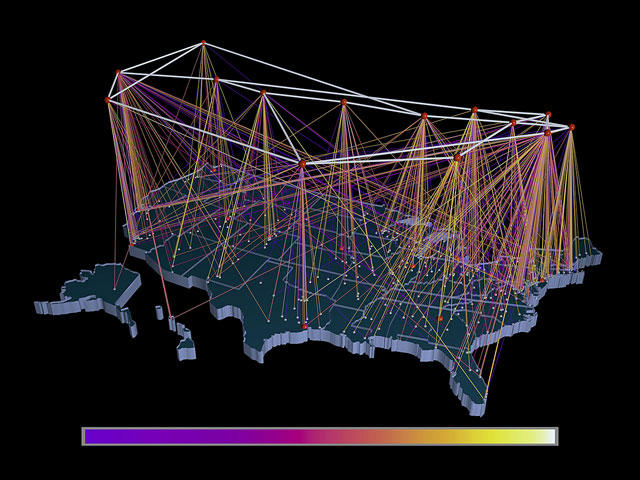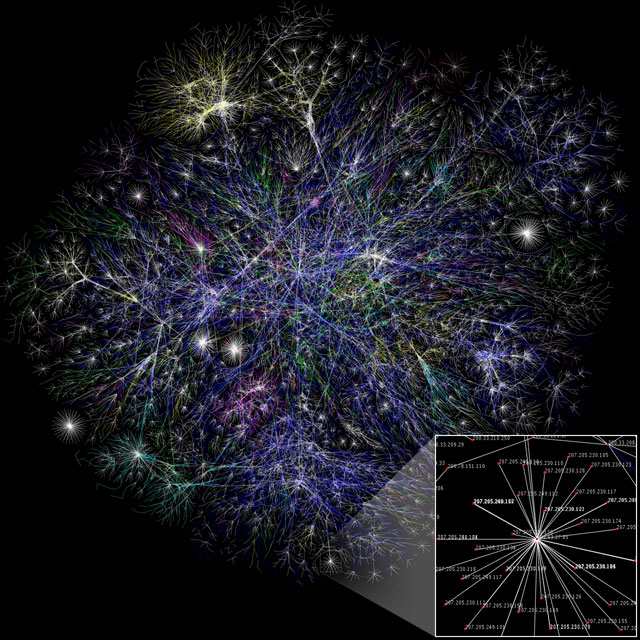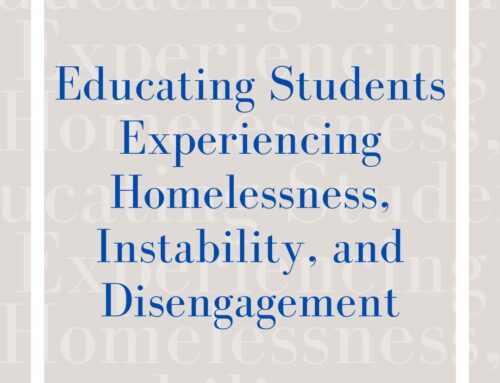
It looks well connected, but this is actually a map of the NSFNET in 1991.
I’m curious …
The Education Superhighway 2016 report states: “75% of all students in America are connected to high-speed broadband (K–12 schools), and 88% of school districts meet the minimum requirements for wireless service.”
What I want to know is: Does it really work?
I am in decent hotels many days when the wireless and broadband are so inadequate that I have to do a personal connection with my mobile device. I was in a school district recently where I was told that only about half of their electronic devices actually worked.

Today a map of the Internet looks more like this!
So I would love to hear your responses to any or all of the following questions:
- Is the broadband in your school or schools sufficient for the use it gets? Is it quick, slow, delayed, only available at certain places?
- What percentage of school-sponsored devices work dependably—and what percentage of time do you use electronic devices in your classroom?
- Are you elementary-, middle-, or high school-based?
- For your low-income (free and reduced-price lunch) students, what percentage have Internet at home?
Thank you!
[poll id=”2″]
[poll id=”3″]
[poll id=”4″]
[poll id=”5″]
[poll id=”6″]
[poll id=”7″]








